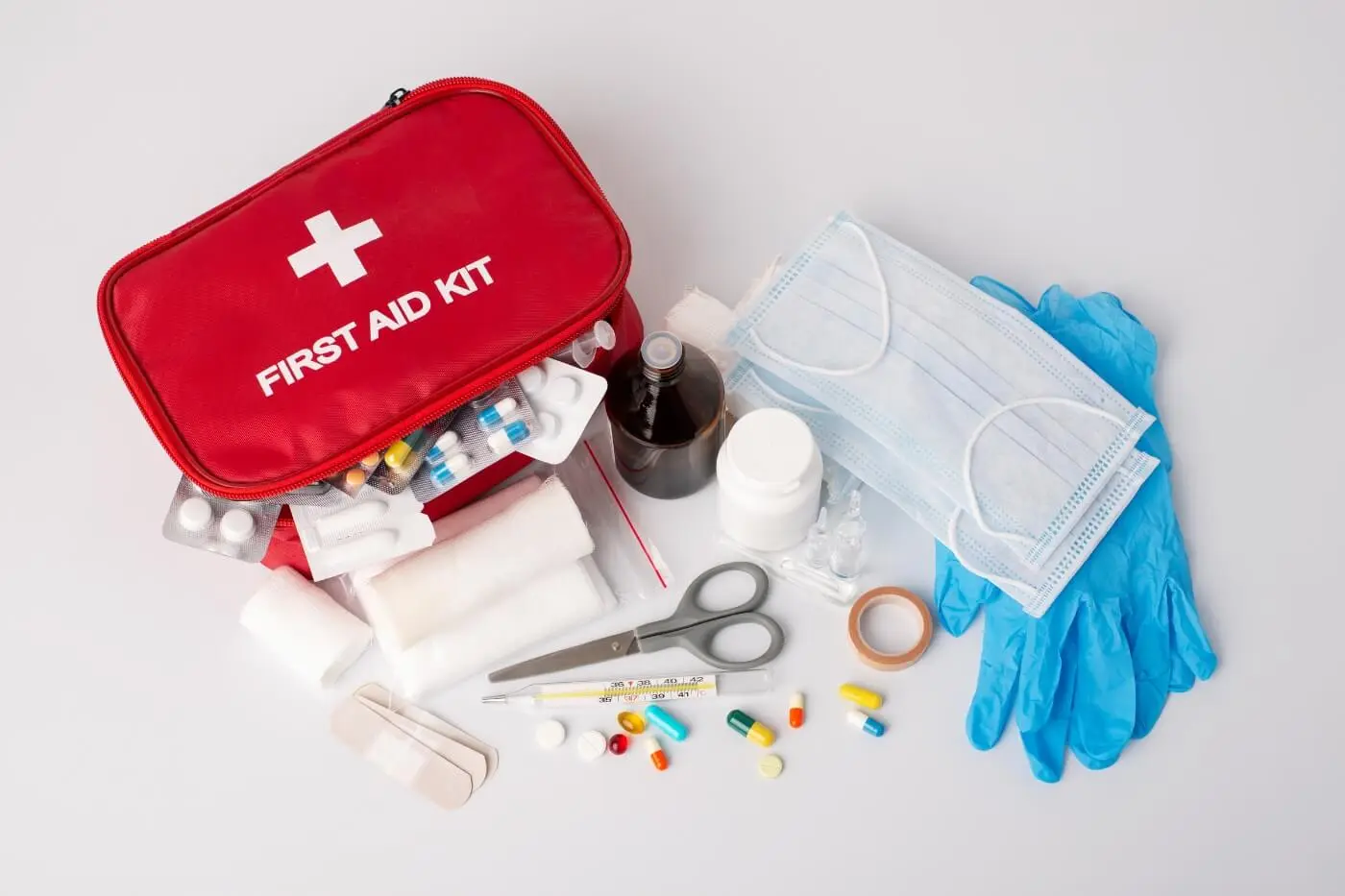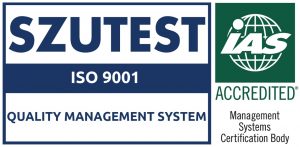First Aid At Work & Safe Use Of An AED Level 3
- 8k+ Students
- Level 3
- 4.7 Reviews
The Level 3 International Award in First Aid at Work and the Safe Use of an Automated External Defibrillator is a qualification aimed at providing candidates with the necessary knowledge, understanding and skills to support first aid and the use of a defibrillator in the workplace.First aid refers to medical attention that is usually administered.
- 4.7 (7,239 Ratings)
What you’ll learn
COURSE FEATURES
- Level 3 (UK)
- 16 Topics Covered
- Online Verifiable
- Online/On-Campus
- 3 Years Validity
- Certificate of Completion
- How to recognize and deal with medical emergencies such as choking, bleeding, shock and heart attack.
- How to safely use an automated external defibrillator (AED).
- How to provide first aid for injuries such as cuts, grazes, fractures and sprains.
- How to provide first aid for major illnesses such as stroke, heart attack, epilepsy and diabetes.
- How to provide emergency life support such as CPR.
- How to properly assess a casualty’s condition and administer appropriate treatment.
- The ability to advise and influence health and safety culture in the workplace.
The Level 3 International Award in First Aid at Work and the Safe Use of an Automated External Defibrillator is a qualification aimed at providing candidates with the necessary knowledge, understanding, and skills to support first aid and the use of a defibrillator in the workplace.
Overview
Learners gaining this qualification will know basic emergency first-aid procedures and will be able to use a defibrillator correctly. The topics covered will help to maintain good practice in safe, prompt, and effective emergency first-aid treatment of individuals & much more.
Who Should Attend?
Centers are responsible for ensuring candidates can meet the necessary standard of language in which the course is being delivered.
1 Understand the role and responsibilities of a first aider
- State the role and responsibilities of a first aider
- Identify how to minimize the risk of infection to yourself and others
- Identify recommended first aid kit content requirement
2 Know how to assess an incident
- Conduct a scene survey
- Conduct a primary survey of a casualty
- Call for help to support a casualty
- Conduct a head to toe survey
3 Be able to manage an unresponsive casualty who is breathing normally
- Assess a casualty’s level of consciousness
- Open a casualty’s airway and check breathing
- Place an unresponsive casualty in the recovery position
- Manage a casualty who is in seizure
4 Know how to manage a casualty who is not breathing normally and unresponsive
- Identify when cardio pulmonary resuscitation is needed
- Demonstrate cardio pulmonary resuscitation using a manikin
5 Know how to recognize and assist a casualty who is choking
- Identify the signs of a partially and completely blocked airway
- Demonstrate first aid for a partially and completely blocked airway
6 Know how to recognize and assist a casualty with a minor injury
- Identify the different types of external bleeding
- Demonstrate first aid for controlling external bleeding
- Demonstrate first aid for a casualty with small cuts, grazes and bruises
7 Know how to manage a casualty who is in shock
- Identify the typical signs and symptoms of shock
- Demonstrate first aid for a casualty who is in shock
8 Know how to administer first aid to a casualty with injuries to bones, muscles and joints
- Recognize suspected fractures, dislocations and sprains and strains
- Demonstrate first aid for a casualty with a fracture, dislocation and sprain/strain
9 Know how to administer first aid to a casualty with suspected head and spinal injuries
- Recognize suspected concussion, skull fracture, cerebral compression and spinal injury
- Demonstrate first aid for a casualty with a suspected concussion, skull fracture, cerebral compression and spinal injury
10 Know how to administer first aid to a casualty with suspected chest injuries
- Recognize different types of chest injury
- Administer first aid for a chest injury
11 Know how to administer first aid to a casualty with burns and scalds
- Recognize factors that could affect the severity of a burn and scald
- Demonstrate first aid for burns involving dry heat, wet heat, electricity and chemicals
12 Know how to administer first aid to a casualty with an eye injury
- Give examples of common eye injuries
- Administer first aid for eye injuries involving dust, chemicals and embedded objects
13 Know how to administer first aid to a casualty with sudden poisoning
- Identify the routes that poisons can take to enter the body
- Administer immediate first aid to a casualty affected by sudden poisoning
- Identify sources of information for treating those affected by sudden poisoning
14 Know how to administer first aid to a casualty with anaphylaxis
- Identify common triggers for anaphylaxis
- Recognize signs and symptoms of anaphylaxis
- Administer immediate first aid for a casualty suffering from anaphylaxis
15 Know how to provide first aid to a casualty with suspected major illness
- Recognize signs and symptoms for a casualty suffering from a heart attack, stroke, epilepsy, asthma and diabetes
- Demonstrate first aid for a casualty suffering from major illnesses including heart attack, stroke, epilepsy, asthma and diabetes
16 Know how to safely use an automated external defibrillator (AED)
- Describe the differences between using an AED on an adult and child
- Identify safety considerations when using an automated external defibrillator
- Demonstrate the correct placement of AED electrode pads on a manikin
- Follow AED voice prompts accurately
- Demonstrate how to combine the use of an automated external defibrillator with minimal interruptions in cardiopulmonary resuscitation using a manikin
- Demonstrate the safe delivery of AED shock
- State the procedures if the casualty shows signs of life and starts to breath normally
- Identify the information required when handing over the casualty
The qualification is assessed using the HABC assessment pack and is split into two parts:
Part One: This component is assessed through practical demonstration of first aid skills.
Part Two: This knowledge based assessment requires learners to answer a series of short answer questions via written or oral responses.
march, 2025
A Wide Selection Of Courses
Choose From Our Best Online Video Courses With New Additions Published Every Month.







